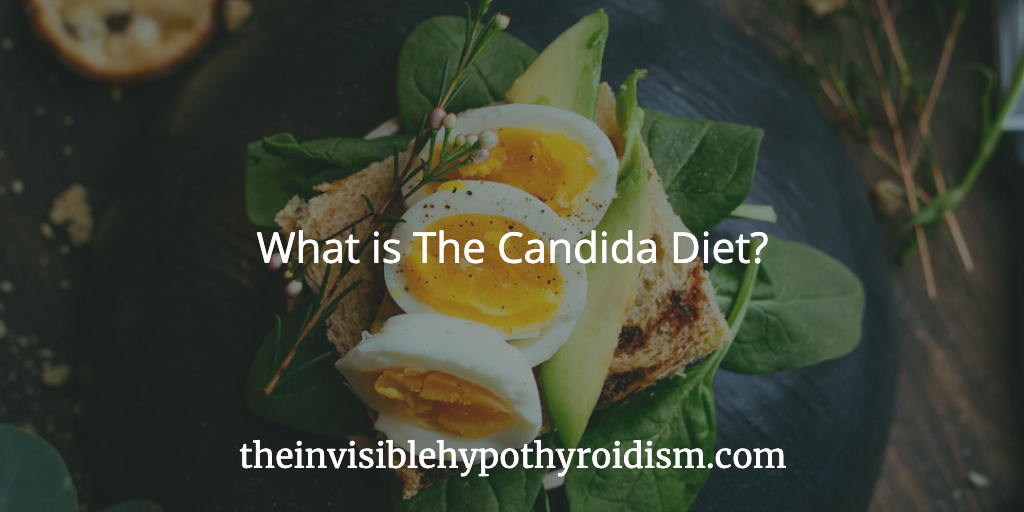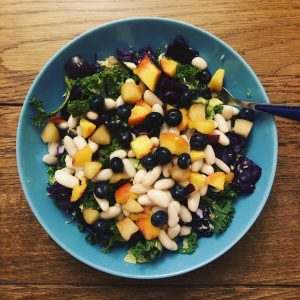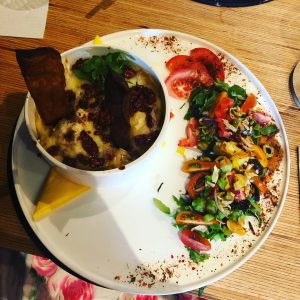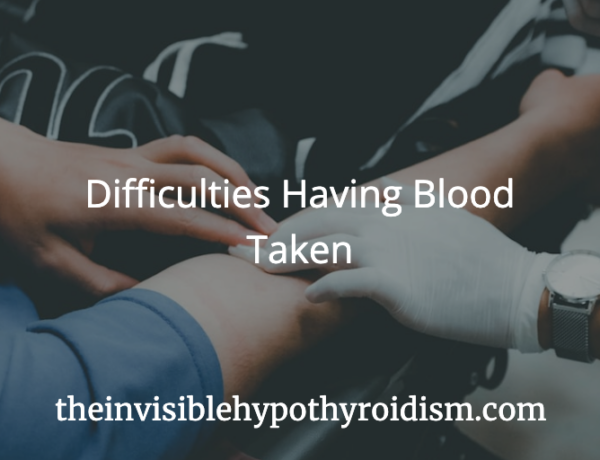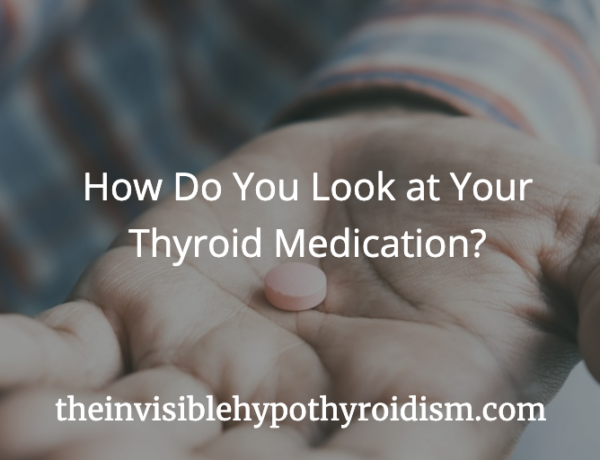Originally published on 7th August 2018 Last updated on 25th March 2024
As I’ve discussed in a previous post, increased intestinal permeability (often inaccurately referred to as ‘leaky gut’) and more specifically, Candida (a yeast overgrowth) is very common in thyroid patients.
Particularly those of us with autoimmune hypothyroidism (which is around 90%). [1]
I thought for a long while that once I reached my optimal dosage on thyroid medication, with test results to match, that I would return to the level of health and fitness I had before. But, I didn’t.
Even with optimal levels, I still had ongoing fatigue, poor stamina, cystic acne and irregular periods, which suggested that I needed to look at other issues and imbalances within my body.
And this other major issue was called increased intestinal permeability (often inaccurately called ‘leaky gut’), in the form of too much yeast.
What is “Increased Intestinal Permeability”?
Increased intestinal permeability describes a gut which things can easily pass through (more so than ‘normal’), and this can play a role in digestive issues and autoimmune conditions (such as Hashimoto’s).
Symptoms of this include:
- Constipation
- Diarrhoea
- Wind / gas
- Bloating
- An impaired metabolism
- Ongoing fatigue
- Brain fog
- Mental health struggles
- A white coating on the tongue
- A large, scalloped tongue
- Heartburn or acid reflux
- Bad breath
- Nutrient malabsorption
- Skin conditions
Symptoms can be tailored to the individual and in my case, I experienced fatigue, poor stamina, cystic acne, mental health issues and chronic constipation.
As explained in my previous post, my functional medicine practitioner implemented several things to help treat it. These included probiotics, digestive enzymes, magnesium supplements, Epsom salt baths, apple cider vinegar and then the all important adjusted diet; the candida diet.
The candida diet is a low sugar, anti-inflammatory diet that promotes good gut health and eliminates the sugars that feed a Candida overgrowth, allowing you to overcome the dysbiosis and clear the excess yeast in combination with the above.
But What is it Exactly?
The below list is what my FMP has me following on my candida diet. Each doctor may differ it slightly depending on your own case, but it gives you a good idea of which foods may help and hinder overcoming a yeast overgrowth.
To Avoid Completely:
- Yeast
- Alcohol
- Gluten
- Dairy
- Sugar including Sweeteners
- Potatoes and Sweet Potatoes
- Parsnips
- Refined Carbs, Processed Food,
- White flour
- Peas
- Beans
- High Sugar Fruits – Banana, Mango, Pineapple, Dried Fruit
I didn’t find this list too daunting, as I can easily live without alcohol, am already gluten-free, eat relatively well and I figured it’s really not that long a list in all honestly. My biggest adjustment has been going dairy free.
To Eat Less Of:
- Quinoa and Rice (limit to one serving a day)
- Honey and natural sweeteners (use sparingly)
- Pears and Oranges (medium sugar levels, don’t have them too often)
- Blueberries (somewhat high sugar levels but full of helpful antioxidants, so don’t have them too often)
- Sauces containing sugar and a long list of ingredients, e.g. soy sauce, condiments such as Ketchup (no more than a couple times a week at most)
- Anything listing ‘yeast’ as an ingredient
- Processed food and refined grains
- Stimulants
And the best part of the list…
To Eat More Of: (some will even help with combatting Candida)
- Chia Seeds
- Garlic
- Onions
- Horseradish
- Cabbage
- Broccoli
- Turnip
- Kale
- Asparagus
- Spinach
- Coconut oil
- Apple cider vinegar
- Lettuce
- Cucumber
- Mushrooms
- Peppers
- Tomatoes
- Lemon
- Lime
- Turmeric
- Cinnamon
- Flaxseed
- Hemp Oil
- Oregano
- Low Sugar Fruits – Melon, Peach, Nectarine, Apricot, Kiwi, Cherry, Strawberry
How am I Finding it?
Whilst some may find following this diet daunting, I found that creating a list I could reference to made it a whole lot easier. I could decide what I wanted to eat, a certain meal for example, and then compare to this list to see if it was suitable and if it wasn’t i.e. it used potatoes, I’d see that I could just swap this ingredient out for something that wasn’t on my ‘to avoid’ list. Suede perhaps.
It’s much more positive to think about all the foods you can have too, instead of just what you can’t.
Like I touched on previously, as well as following the candida diet, we also need to look at adding in some good bacteria with probiotics, supporting gut health with digestive enzymes, and efficient disposal of waste (stools). As well as killing off the excess yeast, you need to ensure you’re putting in some more good bacteria and that the excess yeast is being eliminated from the body.
Supplements that can also boost the body’s resistance to yeast include folic acid, Vitamin C, Zinc, Pyridoxal-5-phosphate, Vitamin A, riboflavin, magnesium and selenium. Caprylic acid is a naturally occurring anti-fungal found in coconut oil which can also help combat candida, as it kills off bad organisms but doesn’t affect useful organisms. Handy!
You are usually only on this diet for a few months, maybe shorter, maybe longer. A professional should guide you.
Do you have experience with gut issues?
You can click on the hyperlinks in the above post to learn more and see references to information given.
References:
[1] https://www.ncbi.nlm.nih.gov/pubmed/3066320

